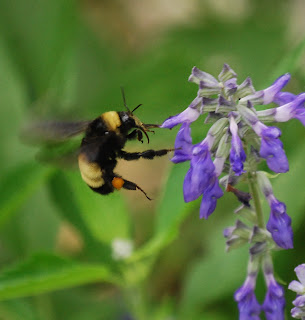Search This Blog
Questions about insects, spiders, scorpions or other creepy crawlers? Tune into this blog to learn about what's buggin' you!
Posts
Showing posts from April, 2020
I Spy with my Little Eye... Tons of Robber Flies!
- Get link
- X
- Other Apps
Native Pollinator and Pollinator Planting Webinar Series
- Get link
- X
- Other Apps



